The mountainous region in the centre of Japan was cut of from the rest of the world for a long period of time, so has managed to retain functioning examples of traditional everyday life. More recently, many villages have been flooded to make way for dams and hydro power and few remain intact. We headed into the mountains to see two of only three examples left – Ainokura and Shirakawa-go.
The expressway winds from Takayama through some of the longest mountain tunnels in Japan. The trip passes through stunning scenery that will be covered with cherry blossoms in the weeks ahead.
Ainokura is the most remote village, high in the mountains. We were greeted with snow – a reminder of the unusually late and cold winter that this region experienced. The tiny world heritage listed village looked beautiful.
At the same time, spring is on its way! Parts of our short walk to capture views over the village was lined with ‘happydils’ (thanks 3yo Emma!) looking stunning with the snow and blue sky as a back drop.
Back down in the village the traditional style grassho-zukuri farmhouses with their triangular thatched roofs are dotted around. There are about 20 of varying sizes remaining in this village. The thatched roofs are dense and well manicured, and it’s hard to imagine that they don’t absorb water in as the snow melts. There’s some great engineering in the pitch of the roof!
The practical side of life is also on show. Rice fields are starting to peek through, drains are melting snow from beneath, and the importance of good fire fighting solutions stood out,
Before we left we happened across the few blossoms that had started to emerge in the village. They had one of the best backdrops we’ve seen!!!
Shirakawa-go is a larger village that is geared to receive lots of tourists every day with small cafes and restaurants throughout. They’ve taken their world heritage listing and worked out ways to protect their homes and tradition, while making the most of tourism. The Baumchuken cake brought from Germany a century ago seems to have been adopted as a local dish – interesting what happens when foreign influence arrives!
We also got insight into the way that the many ornamental trees are trained… tricky…
There were a couple of large family homes open to the public in Shirakawa-go with some of their old materials and possessions on show. The homes have four levels, with a fireplace on the bottom level and slatted floors to allow the heat to rise… so smart! It’s easy to see how these houses have withstood hundreds of years of earthquakes – the bracing is incredible.
This village was much warmer and more green, and also had some more modern houses dotted between the traditional. It must be such an interesting place to live and work with waves of tourists every day of the year.
Again, there’s a great vantage point above the town that gives a proper sense of the size of the village and surrounding area. The village and surrounding mountains will look amazing when spring really takes hold!
Back in Takayama and another quiet walk through the streets. We found another new coffee shop – the young locals are really bringing hip venues to the area, and hopefully the town can find a great balance to become respectful and vibrant tourist destination. The rules of the (very extensive) pen and washi tape shop say it all – no kids, no food and drink, and actually just don’t come in if stationery is not your thing.
We were proactive with dinner tonight… snacks, Memoirs of a Geisha on Netflix, then hotel ramen. We drew the line at the hotel issue pjs in the dining hall though!!!
Love M & A xx
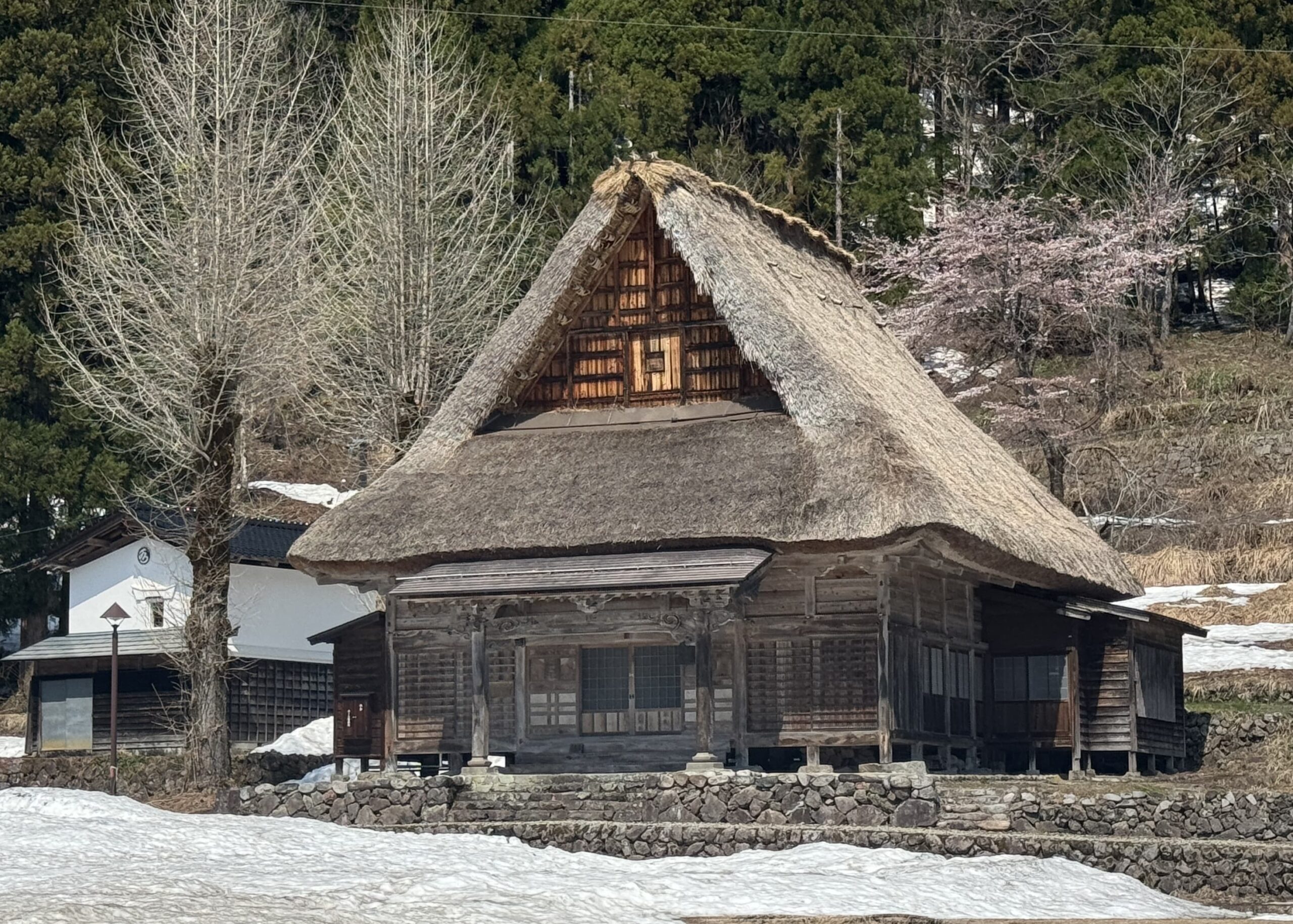
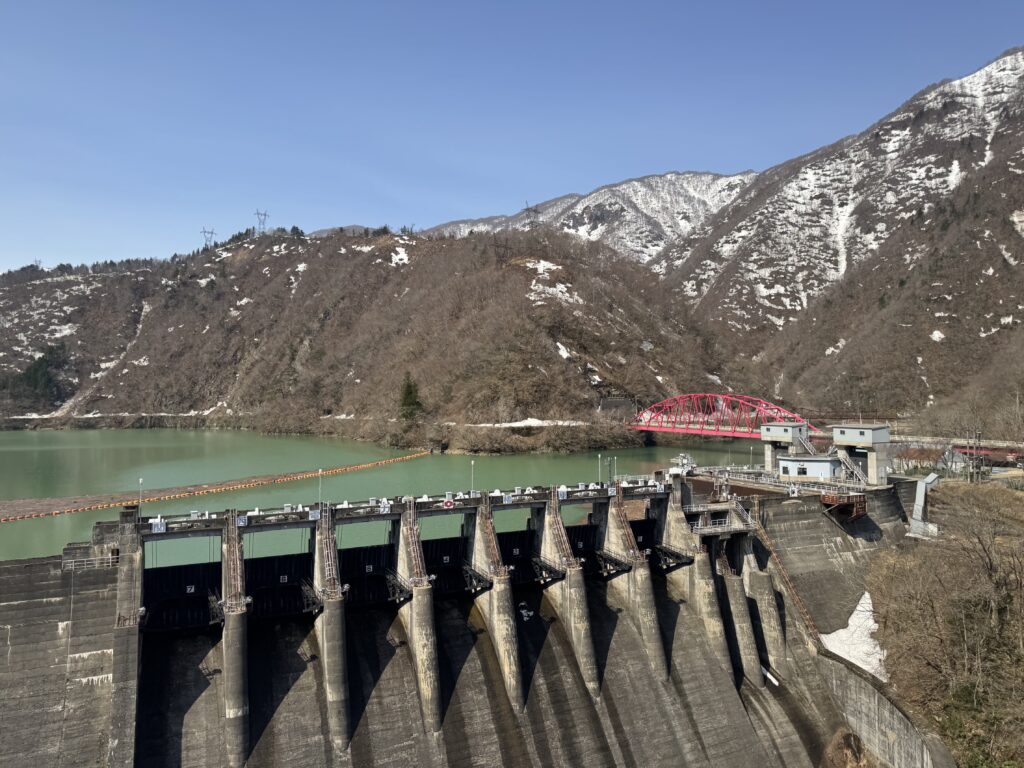
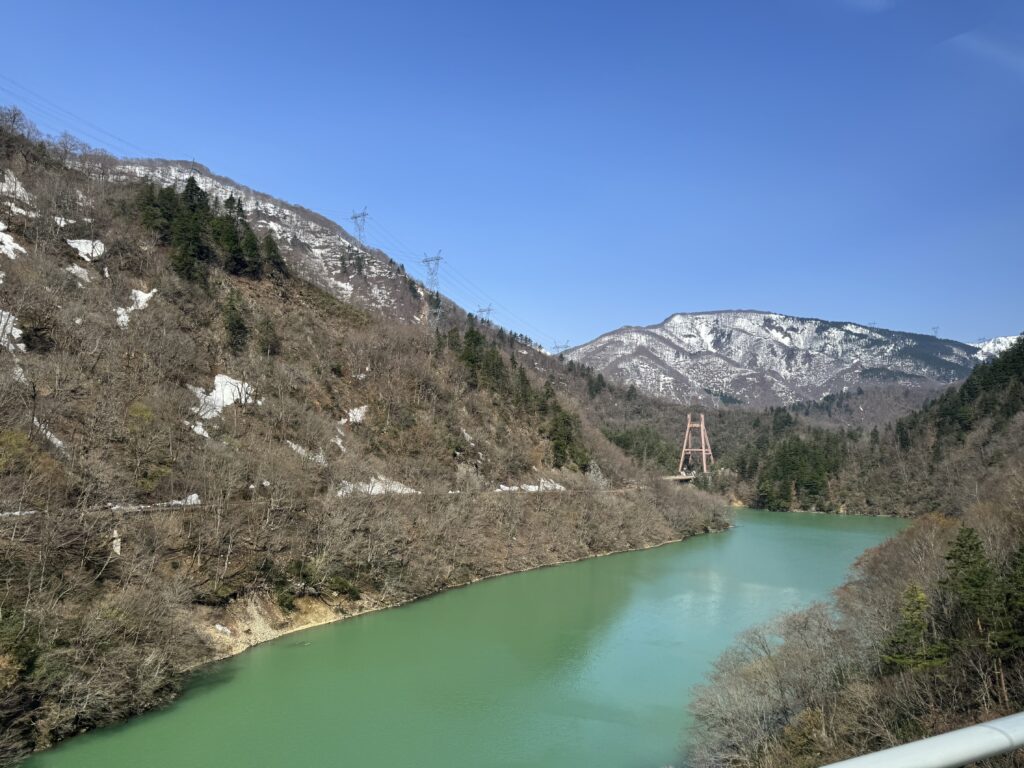
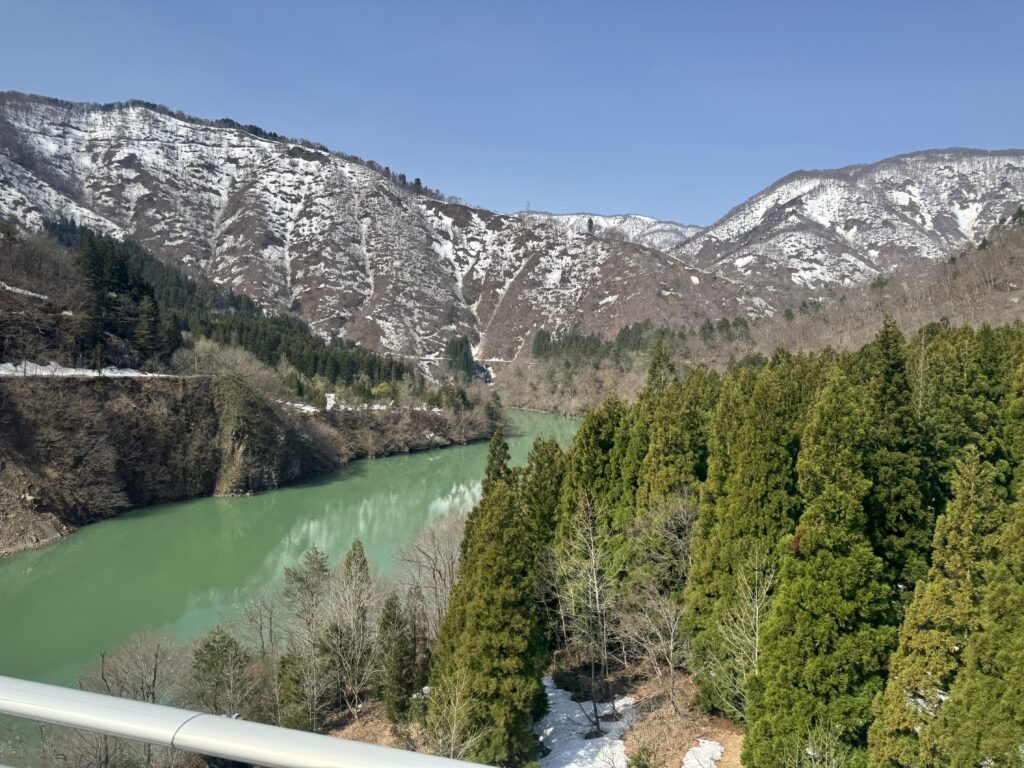
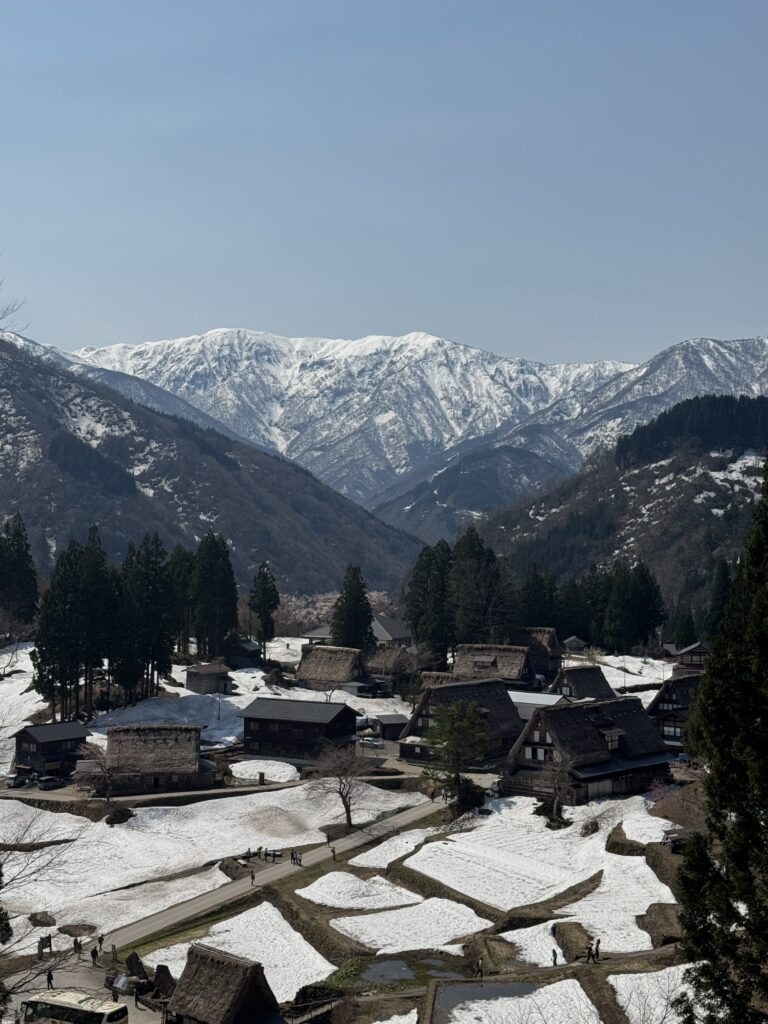
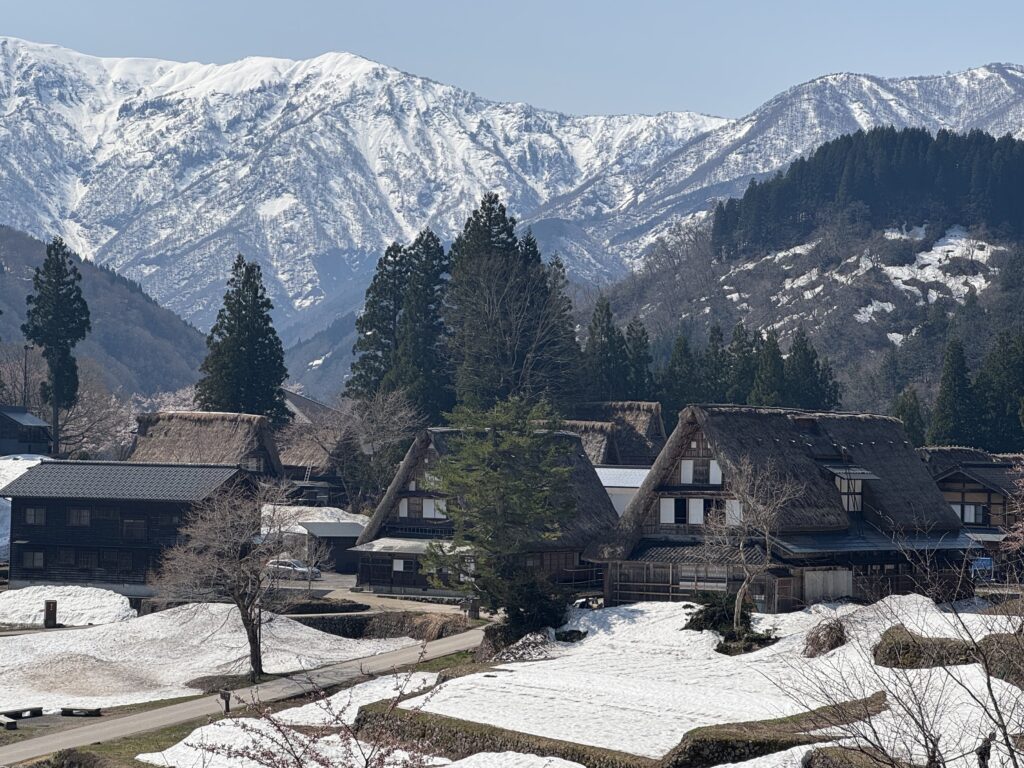
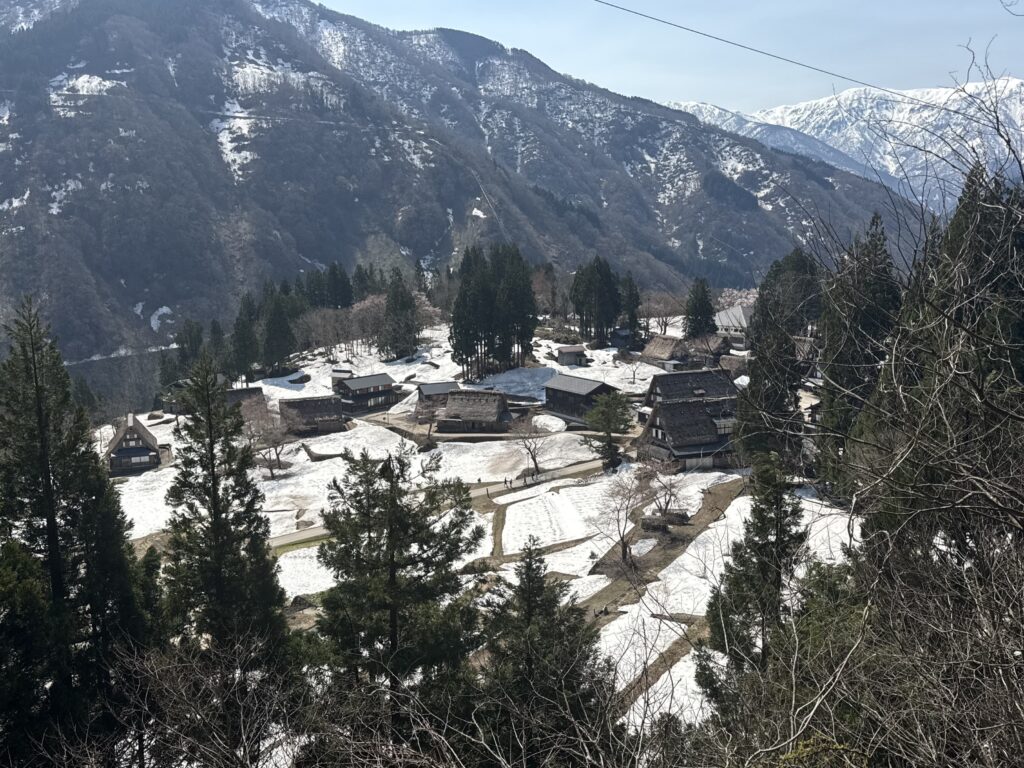
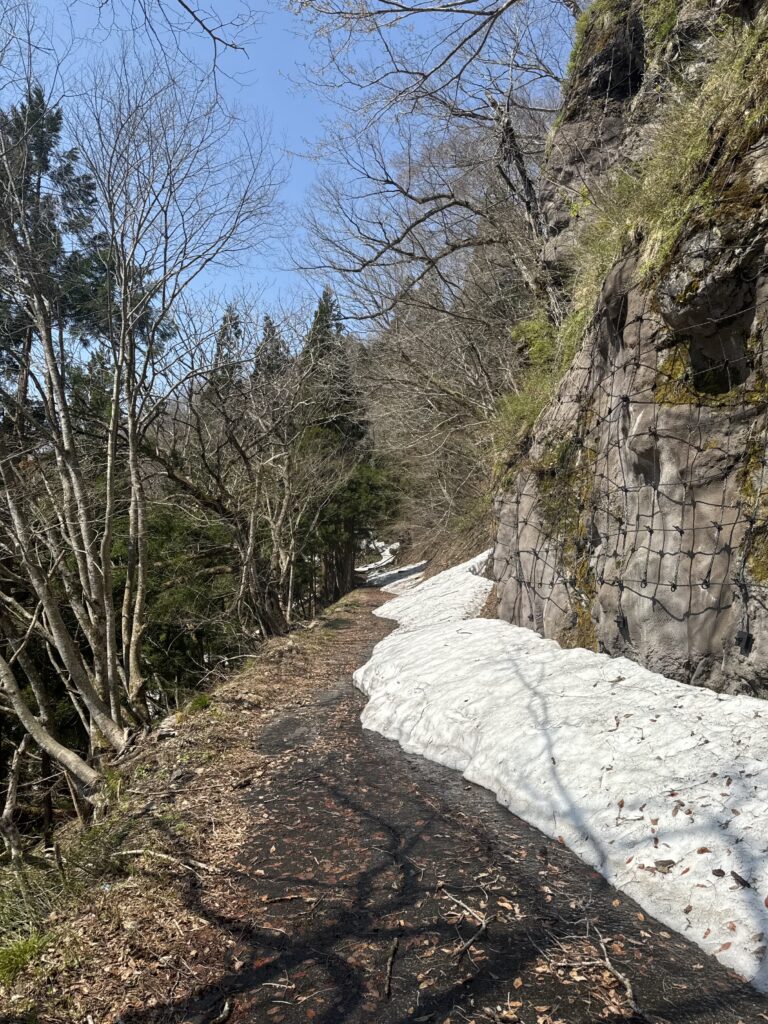
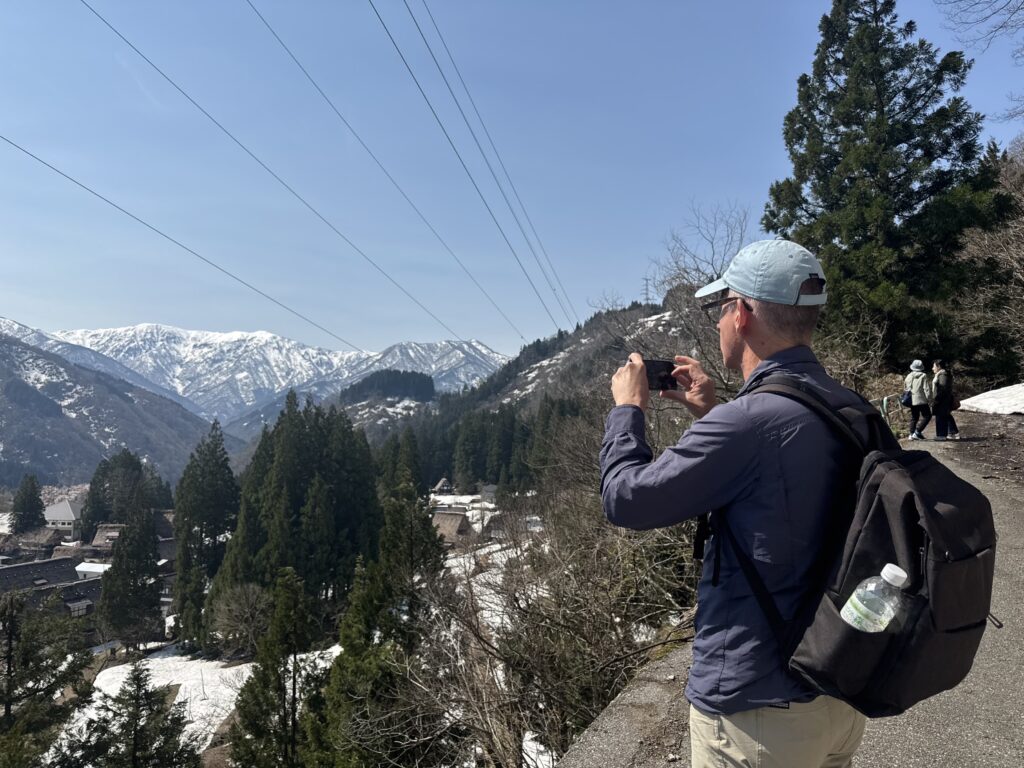
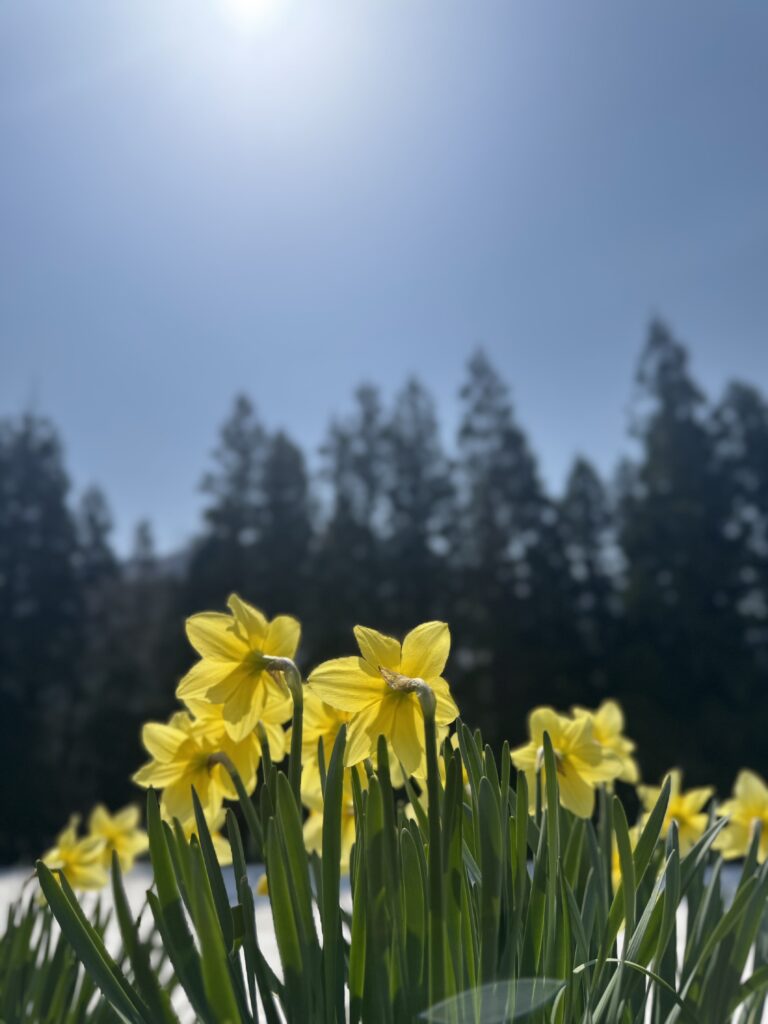
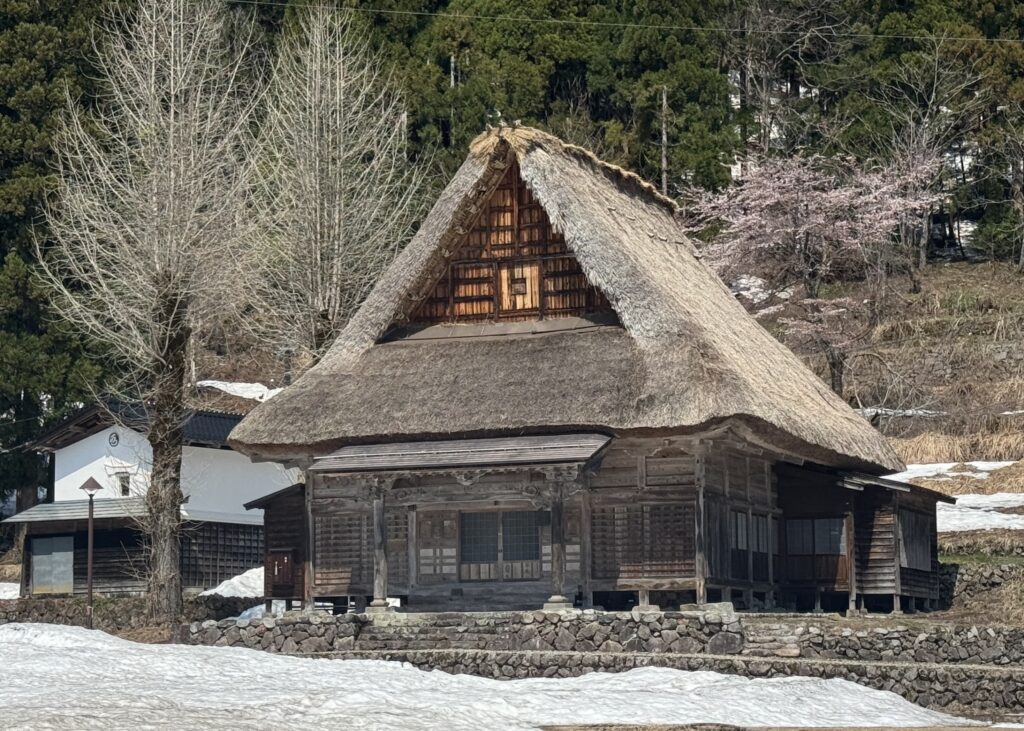
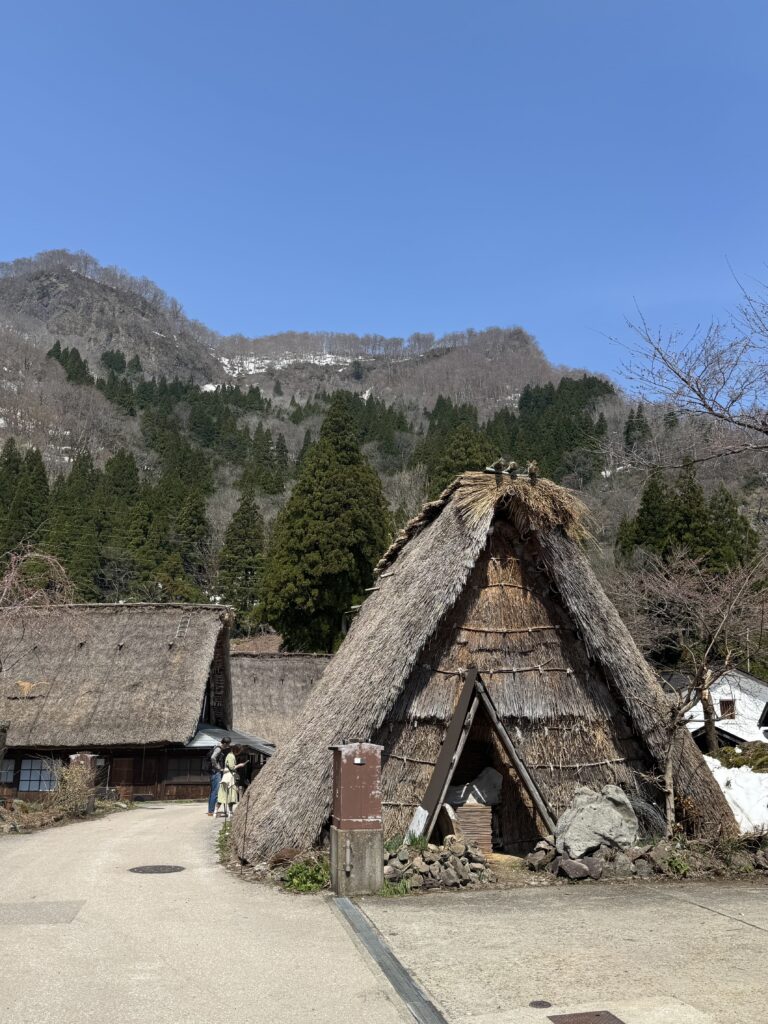
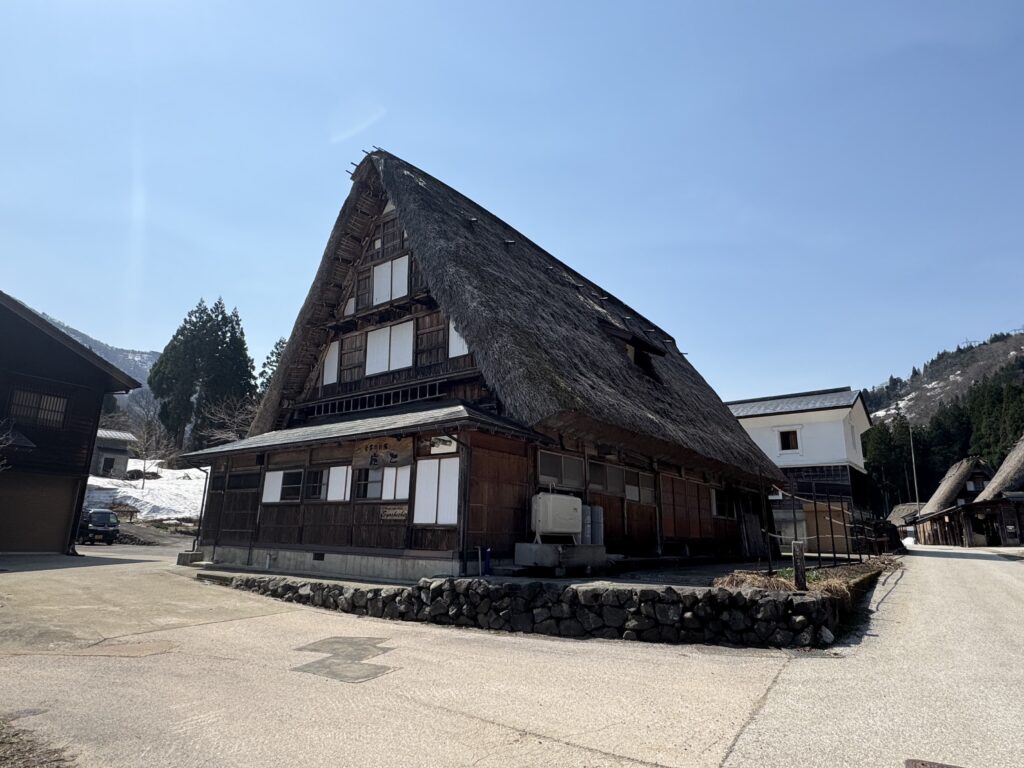
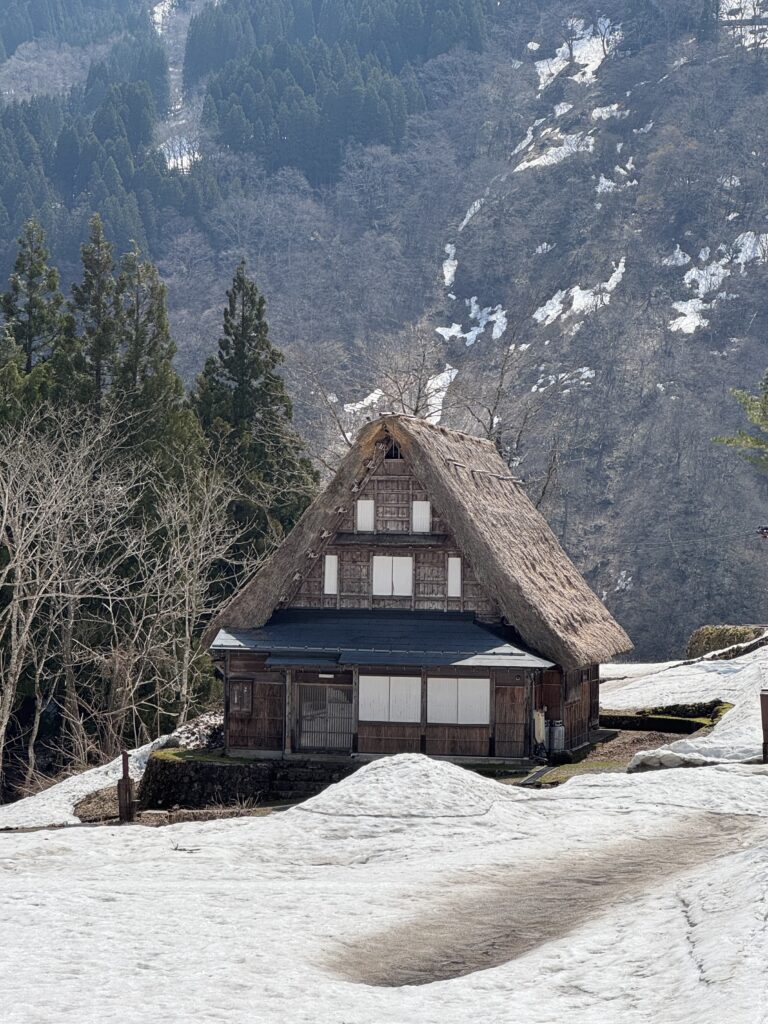
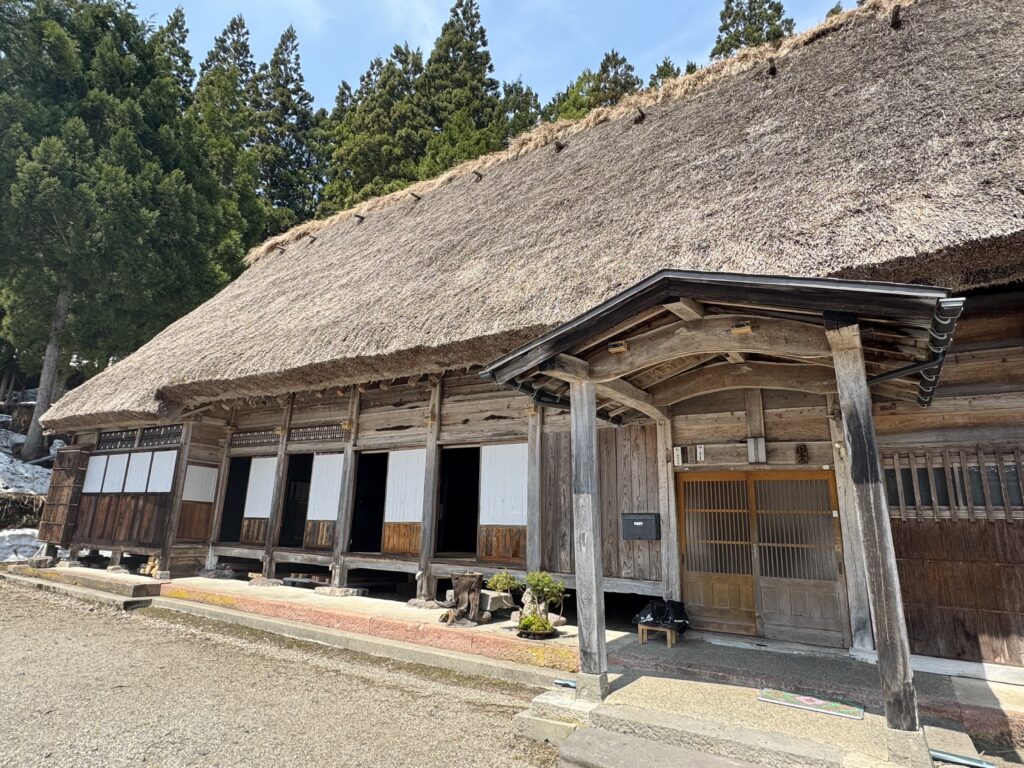
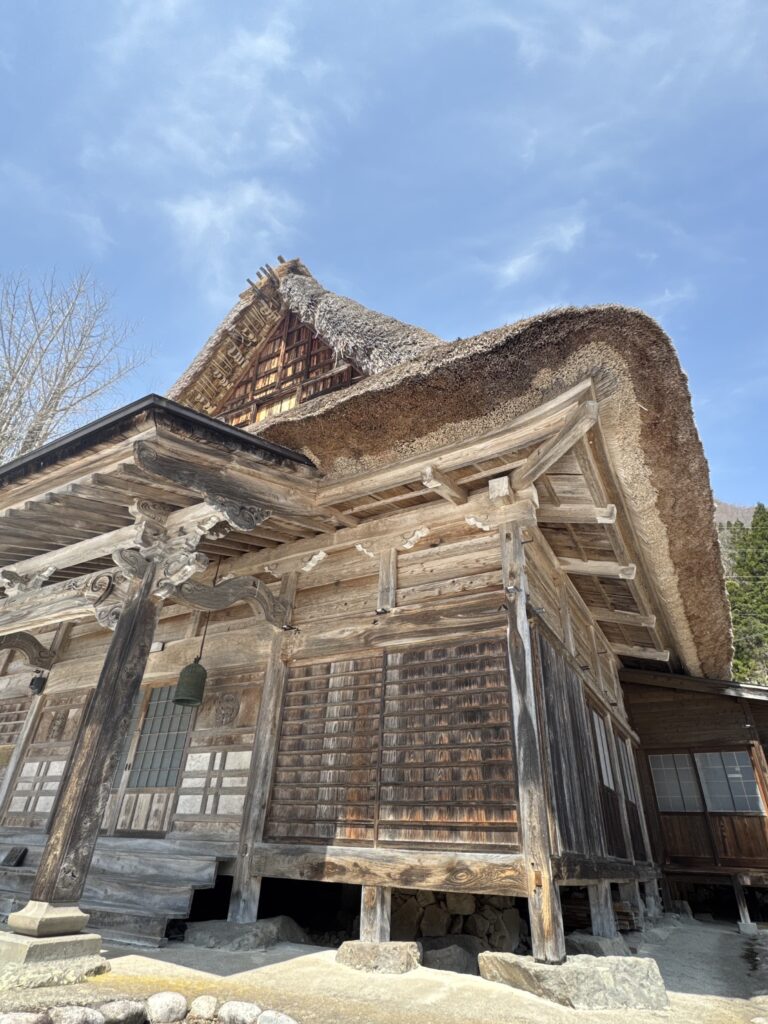
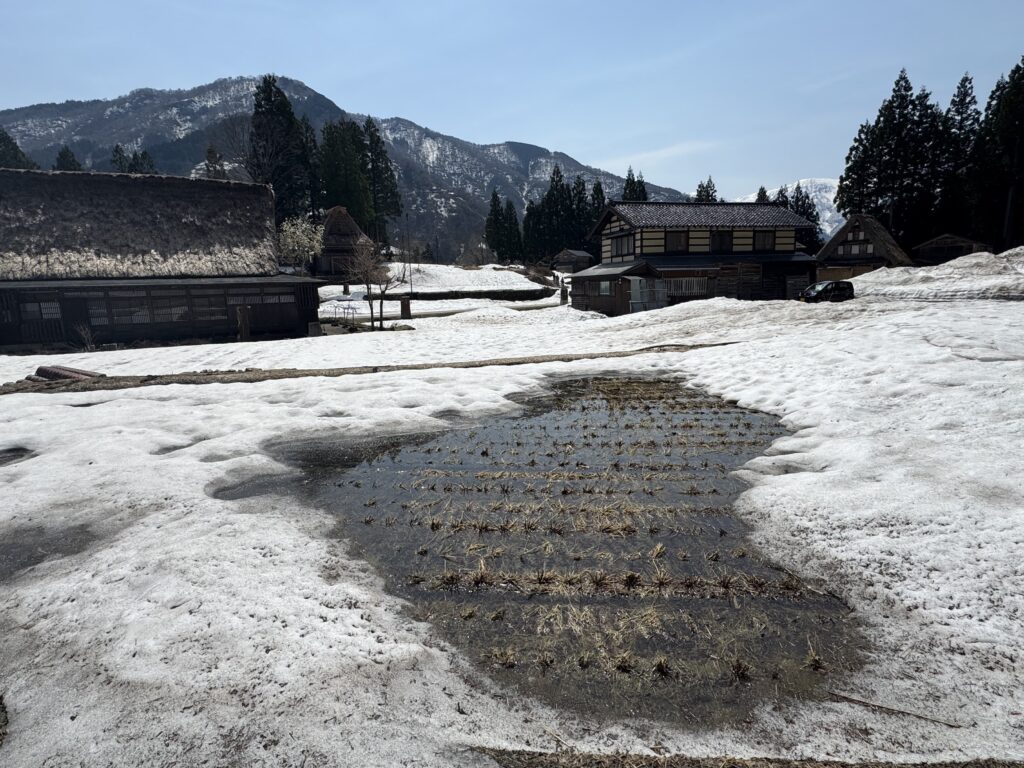
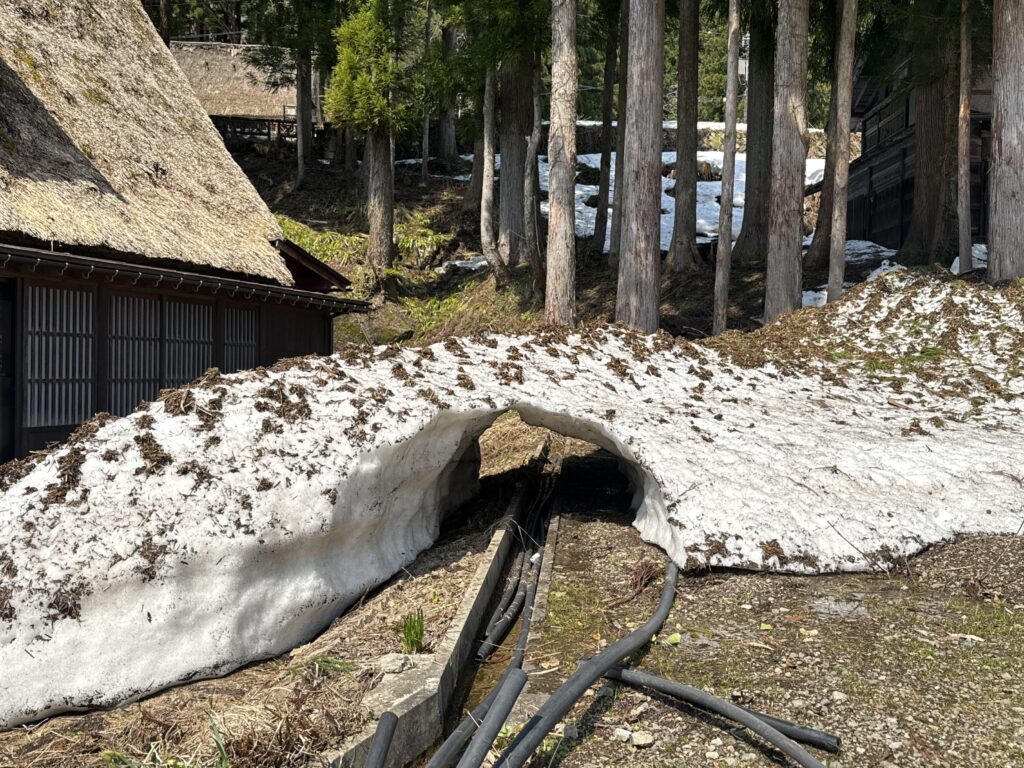
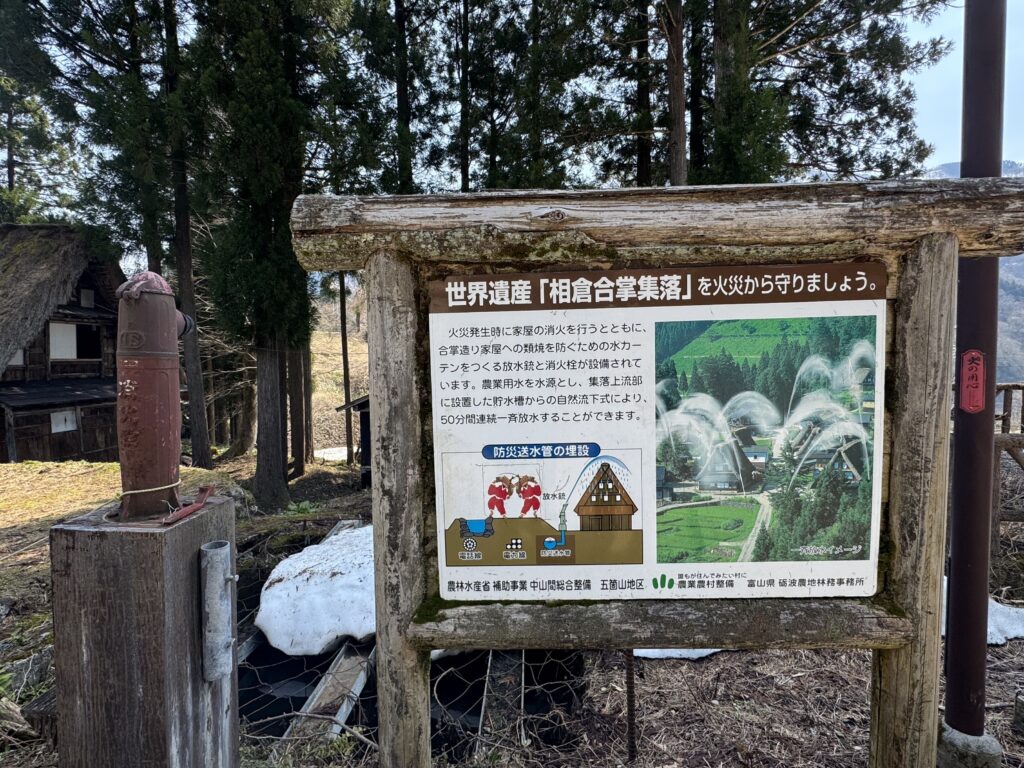
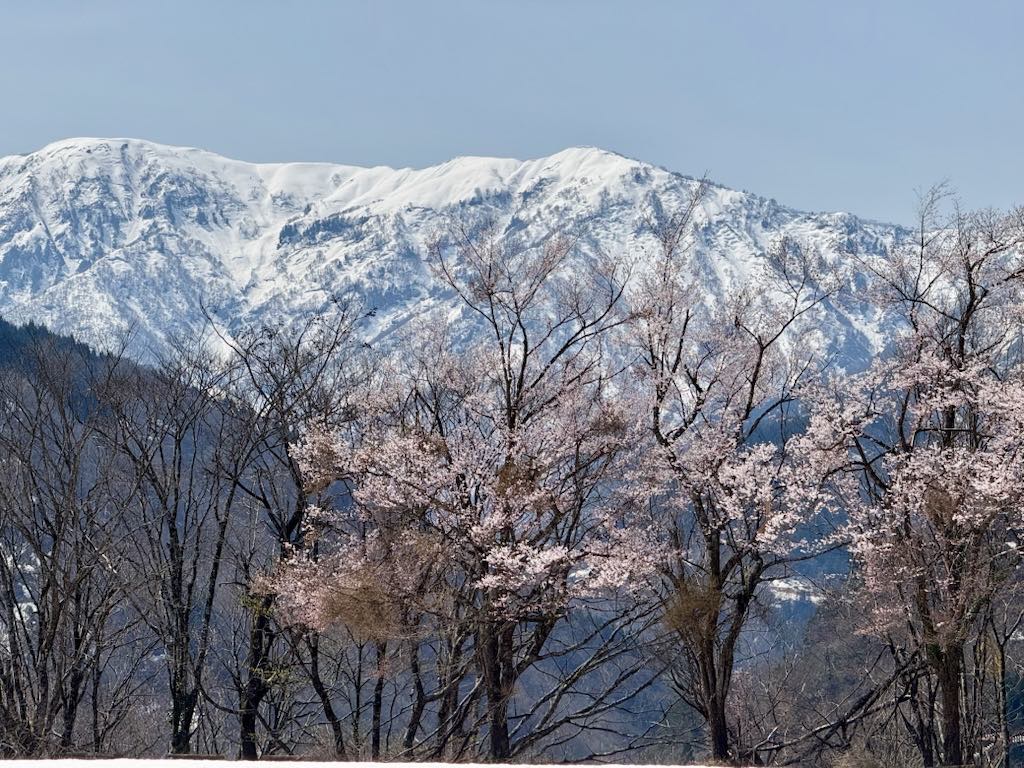
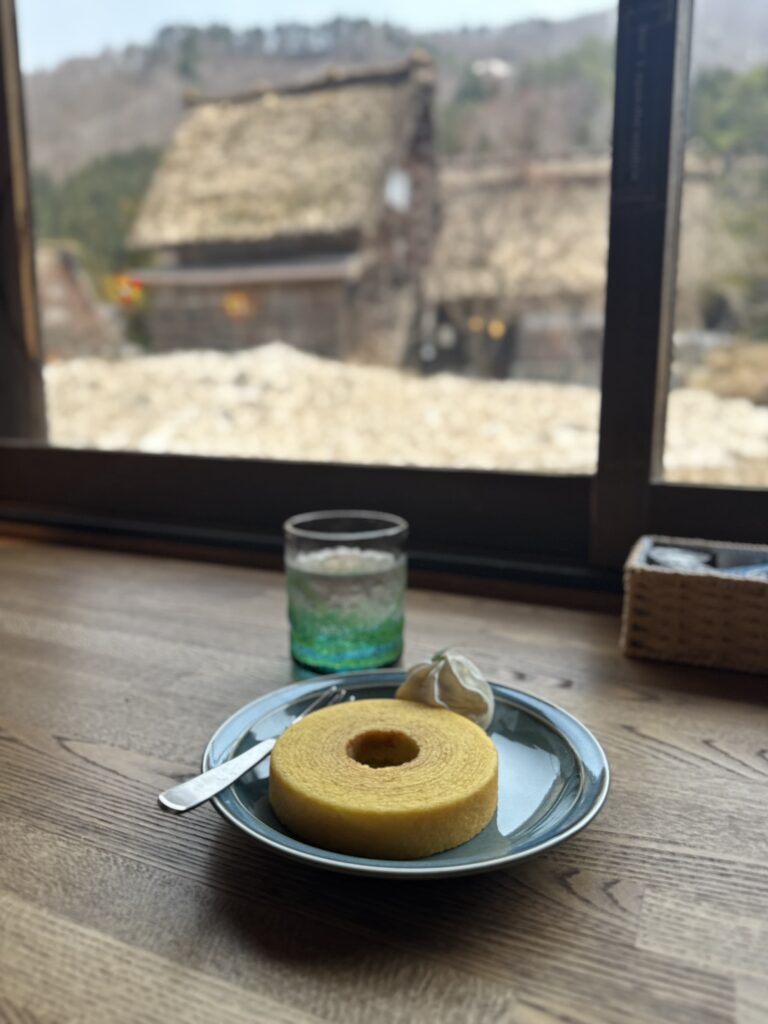
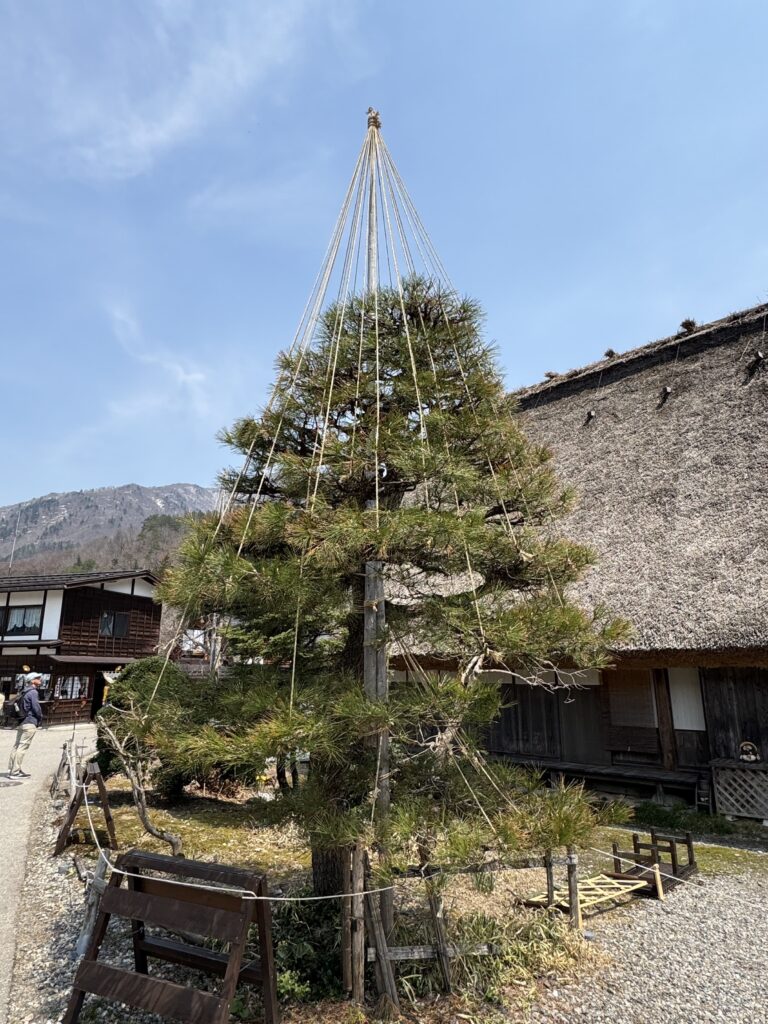
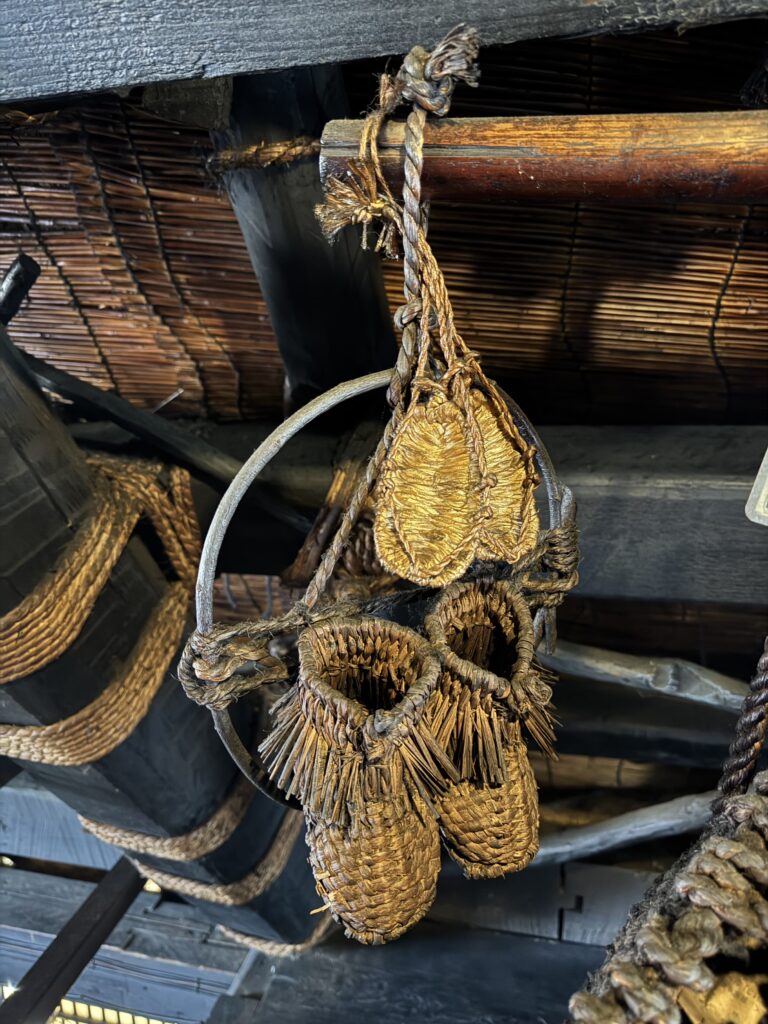
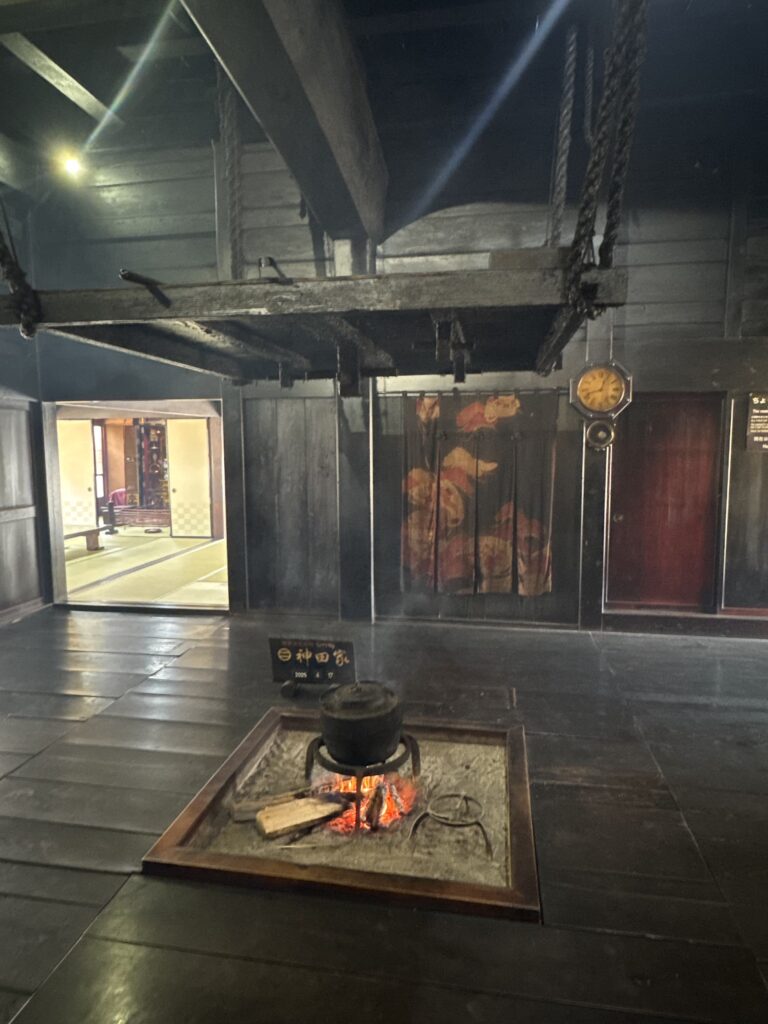
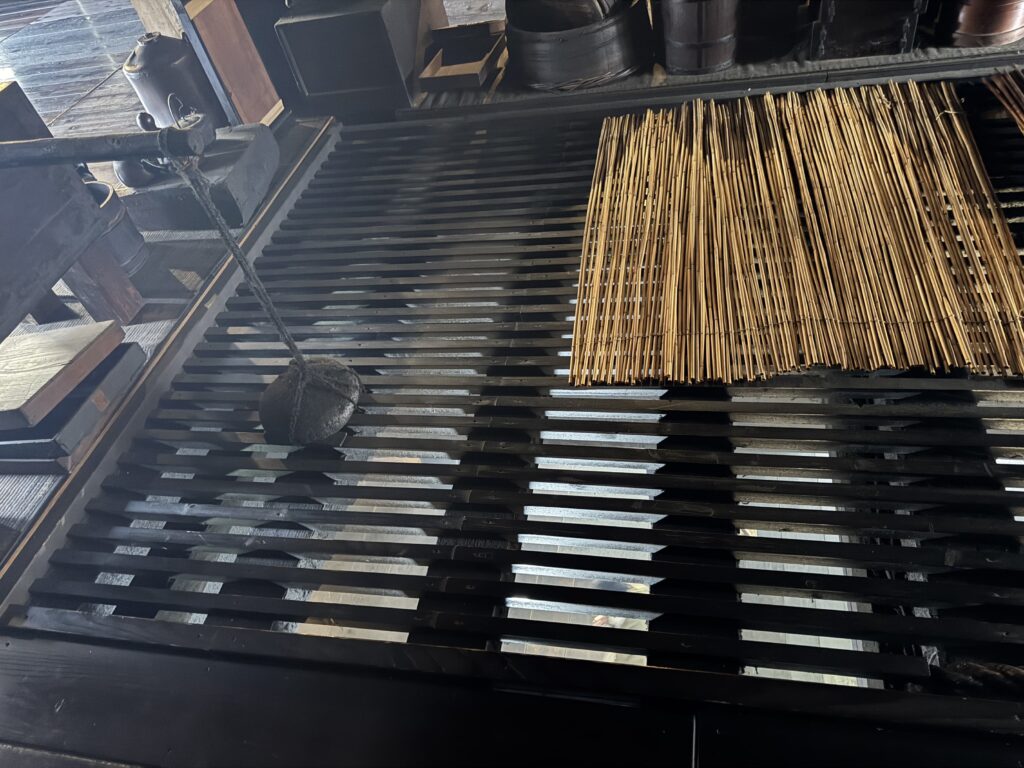
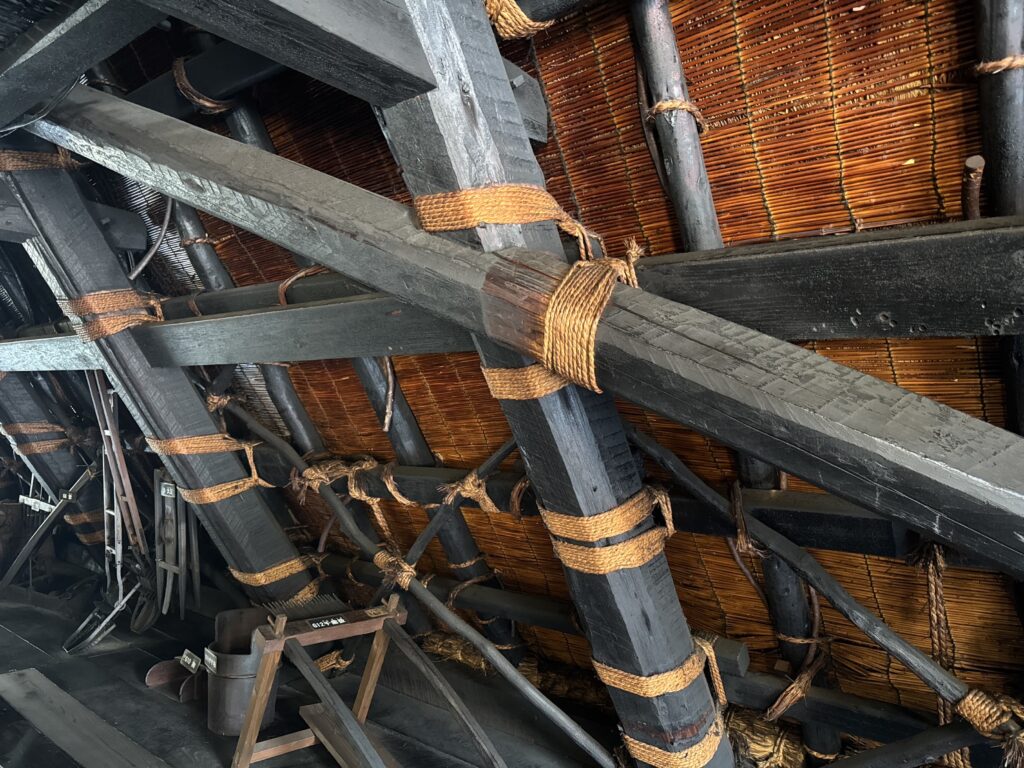
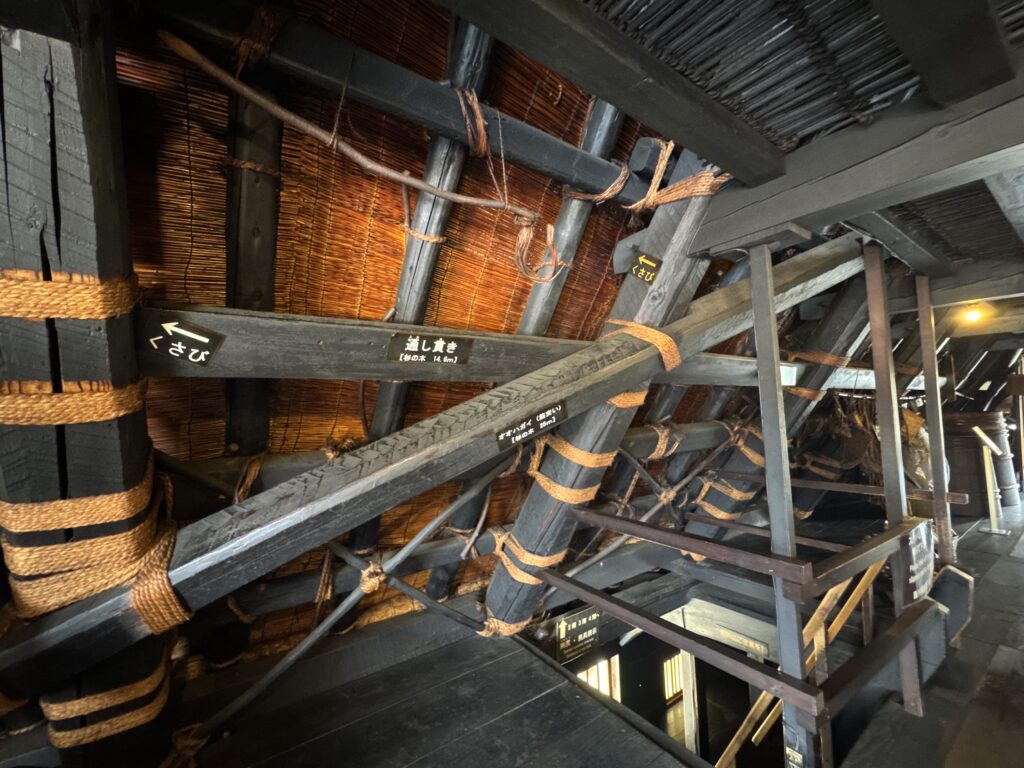
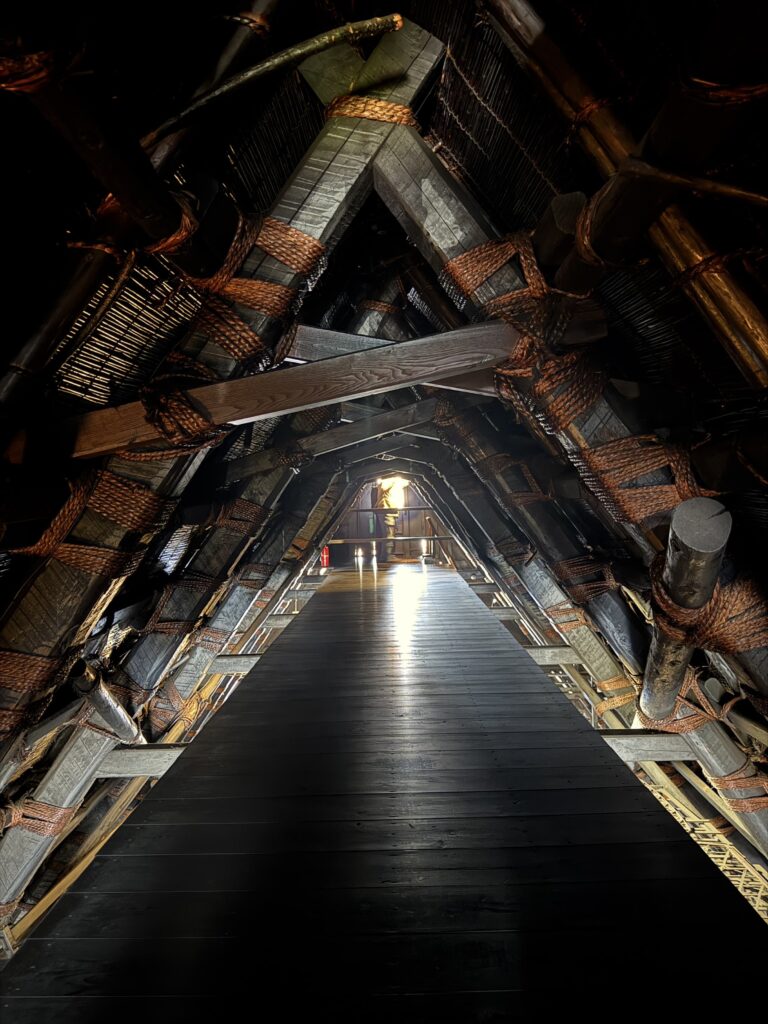
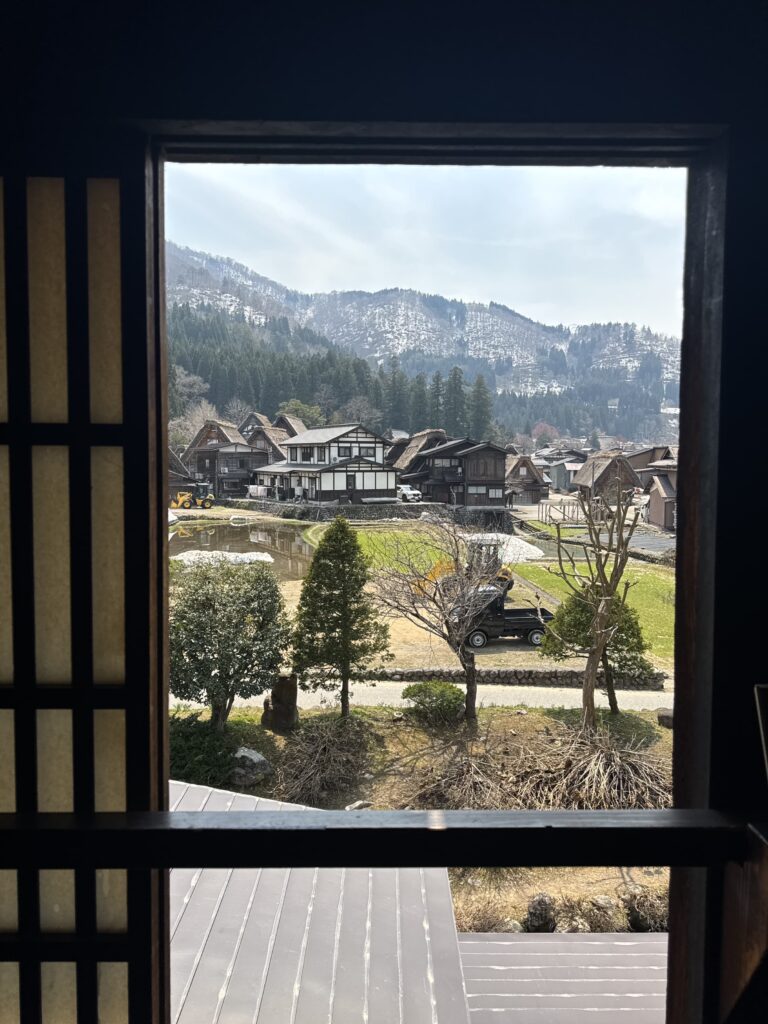
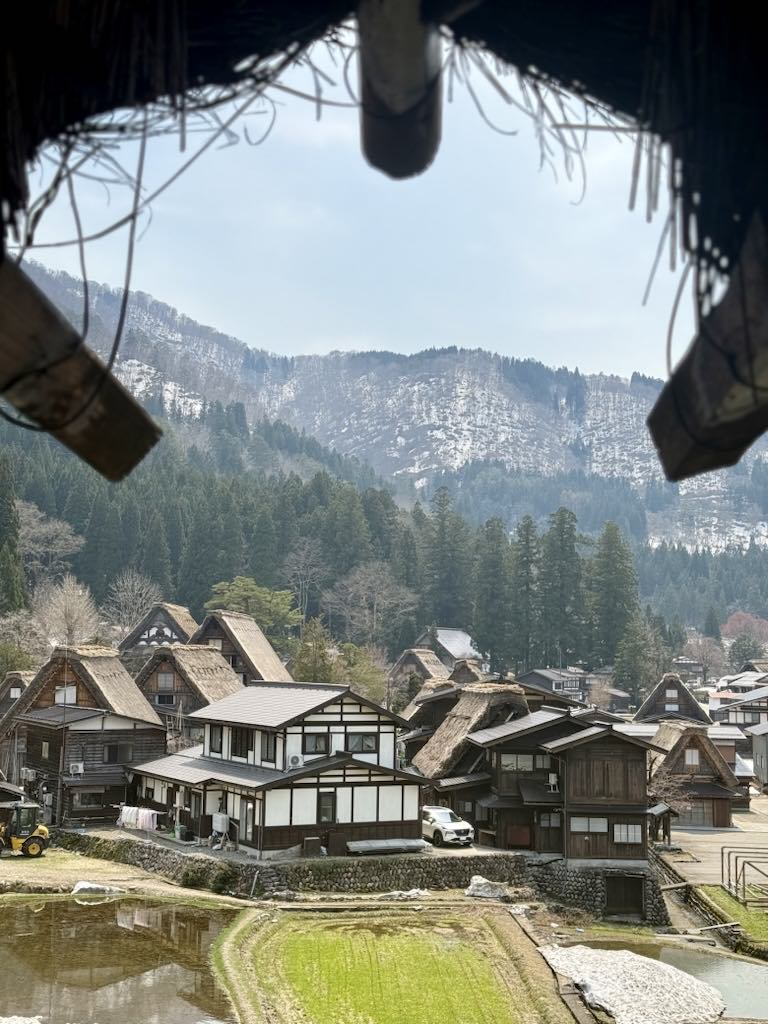
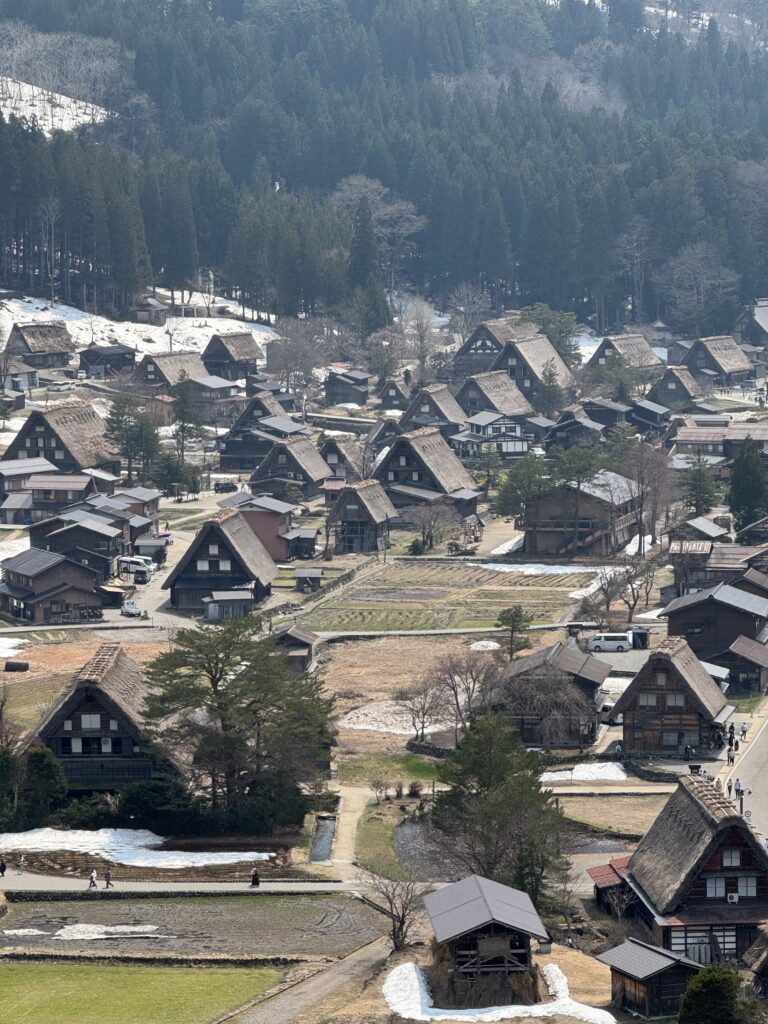
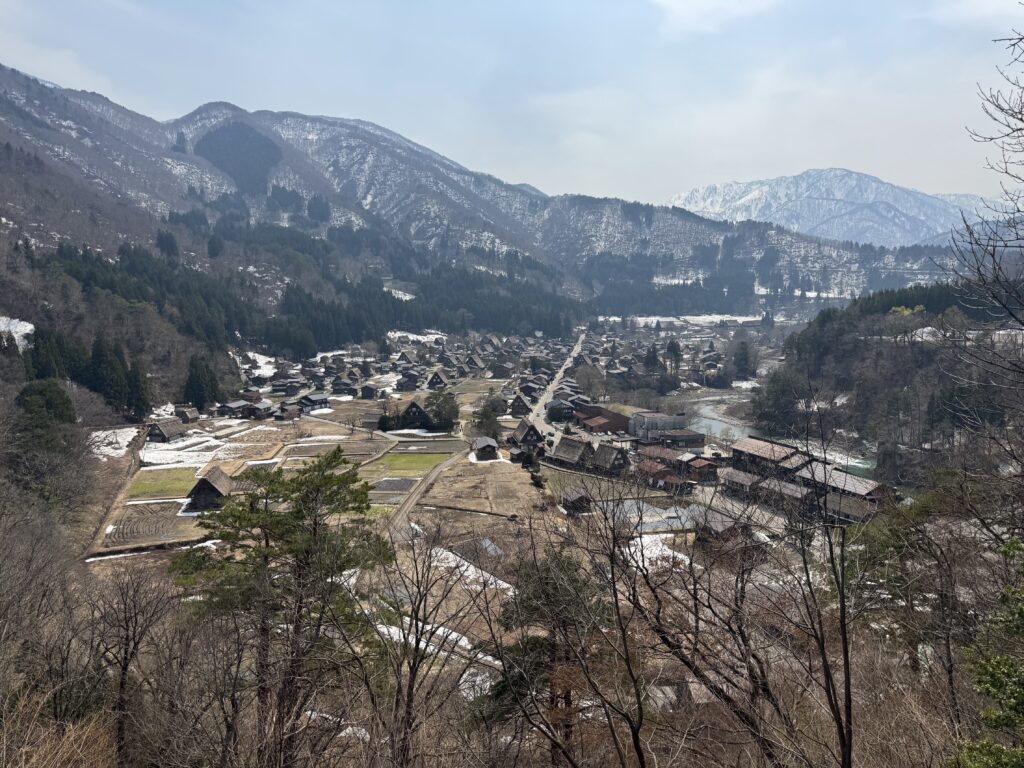
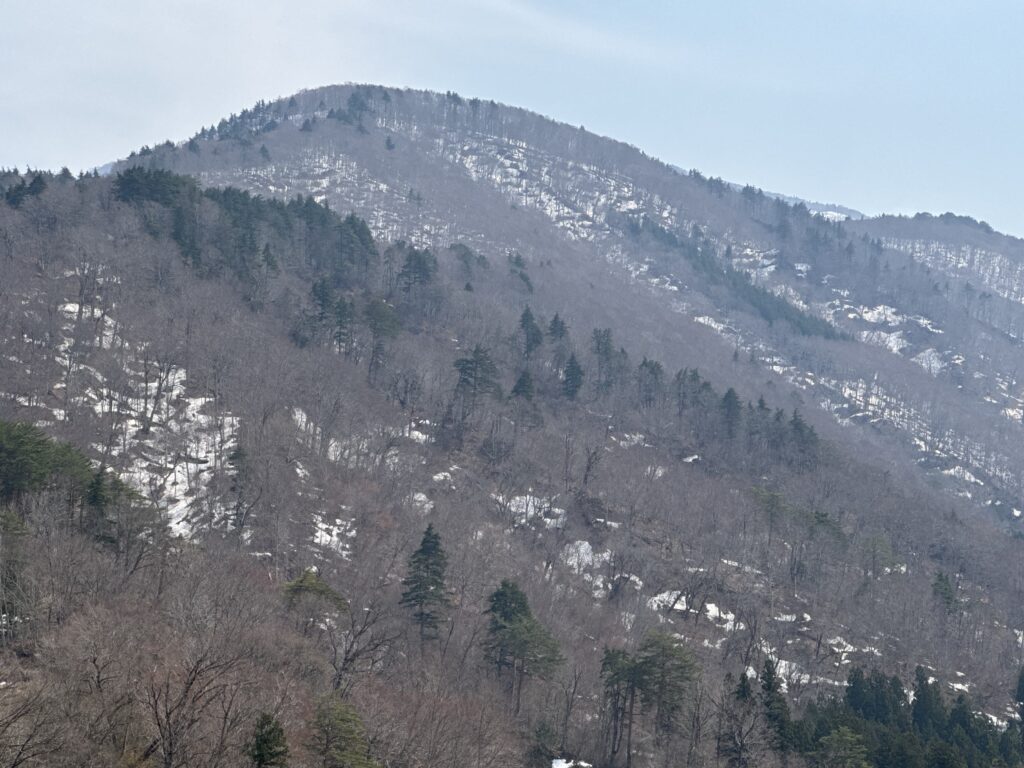
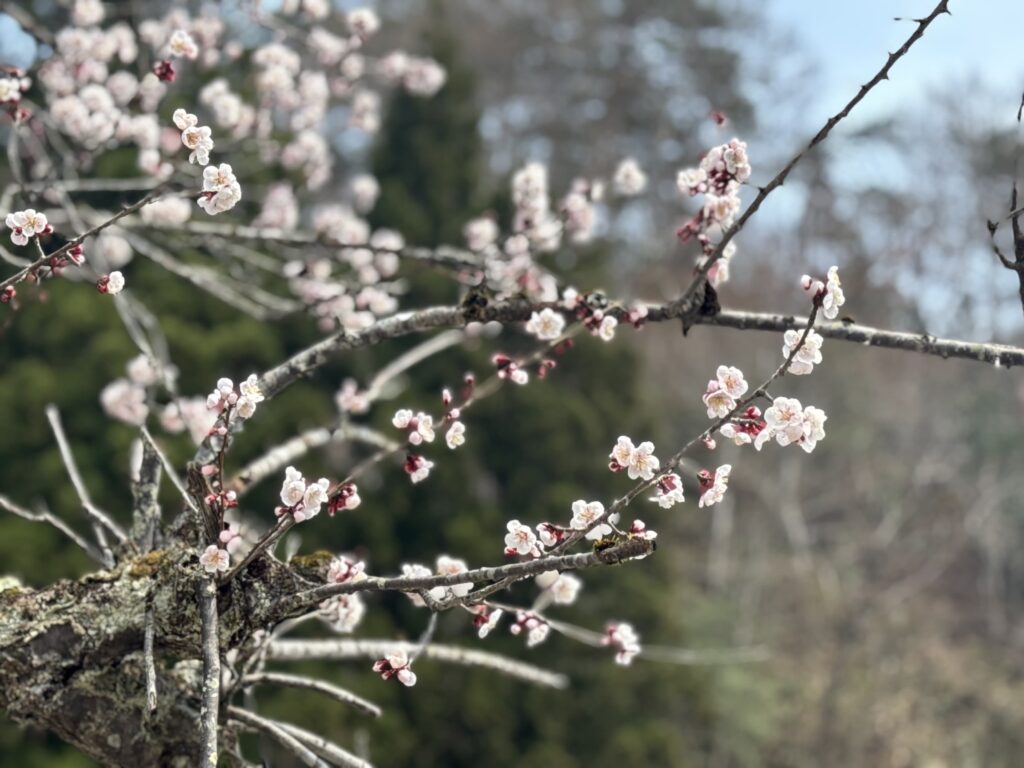
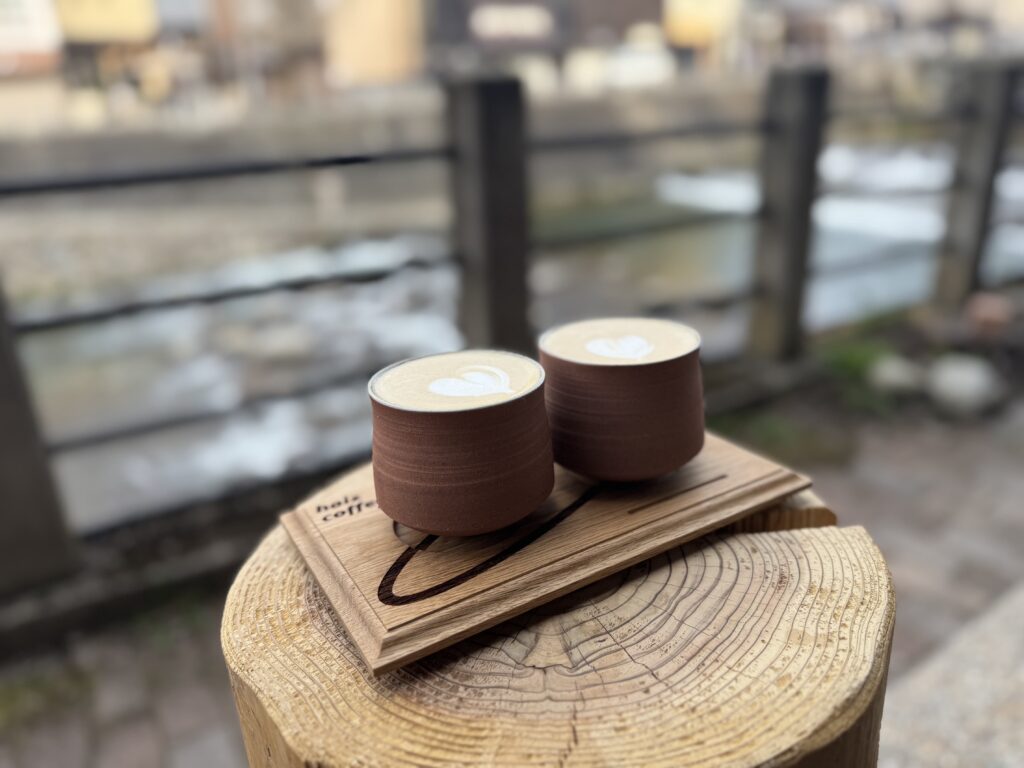
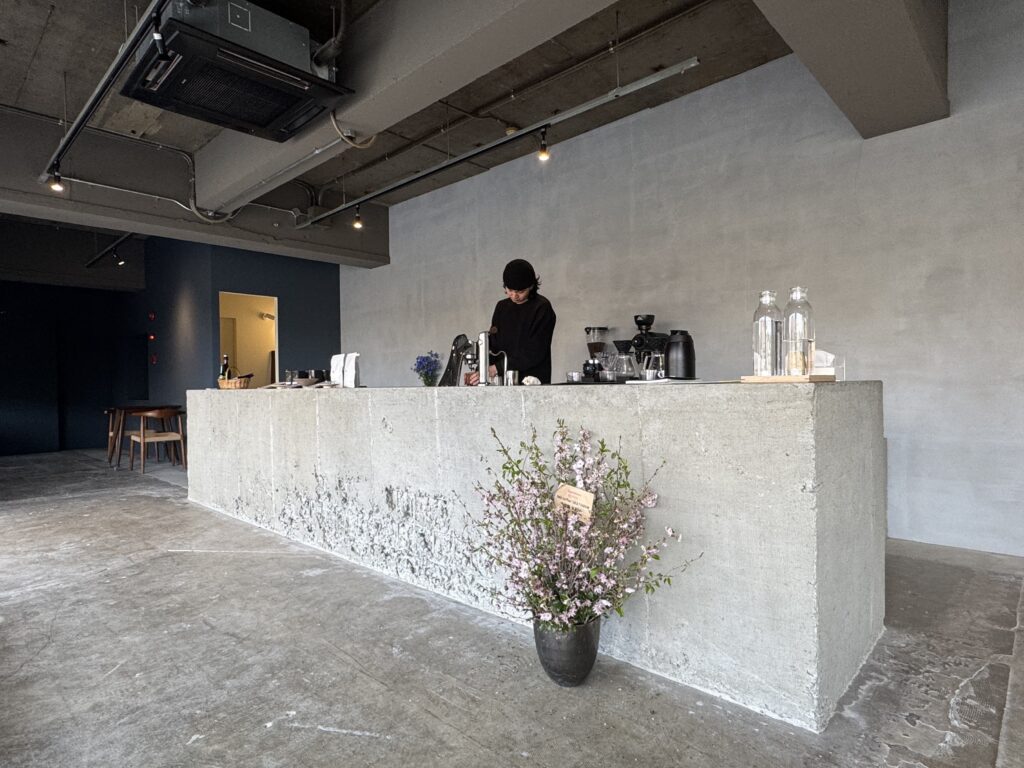
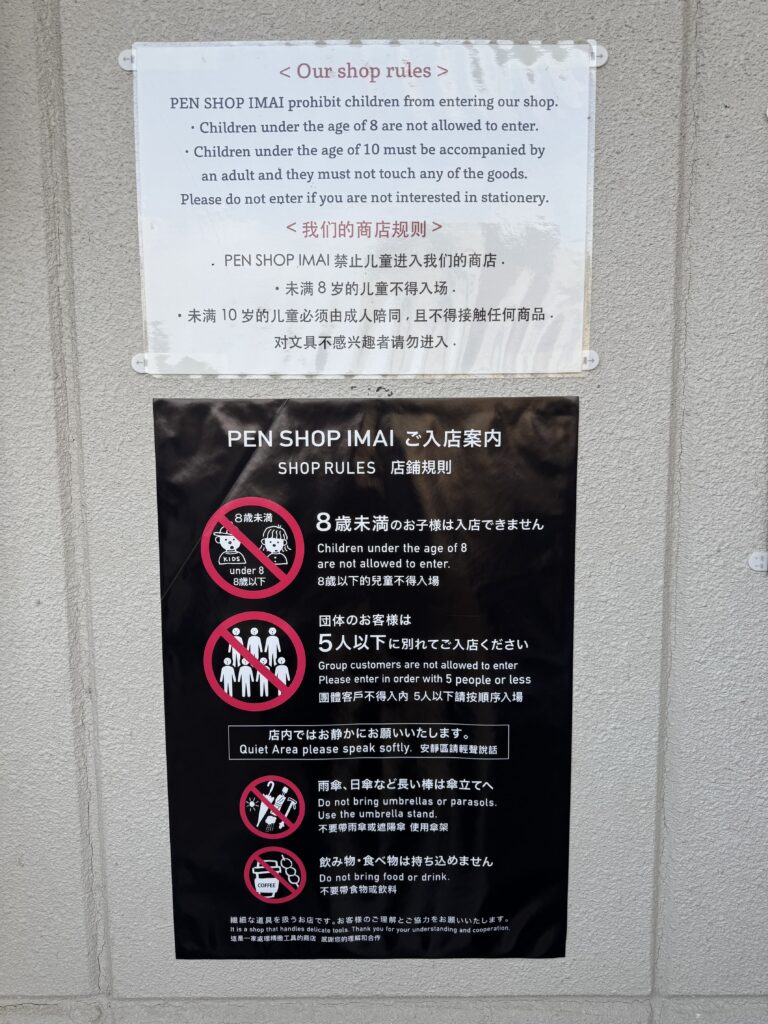

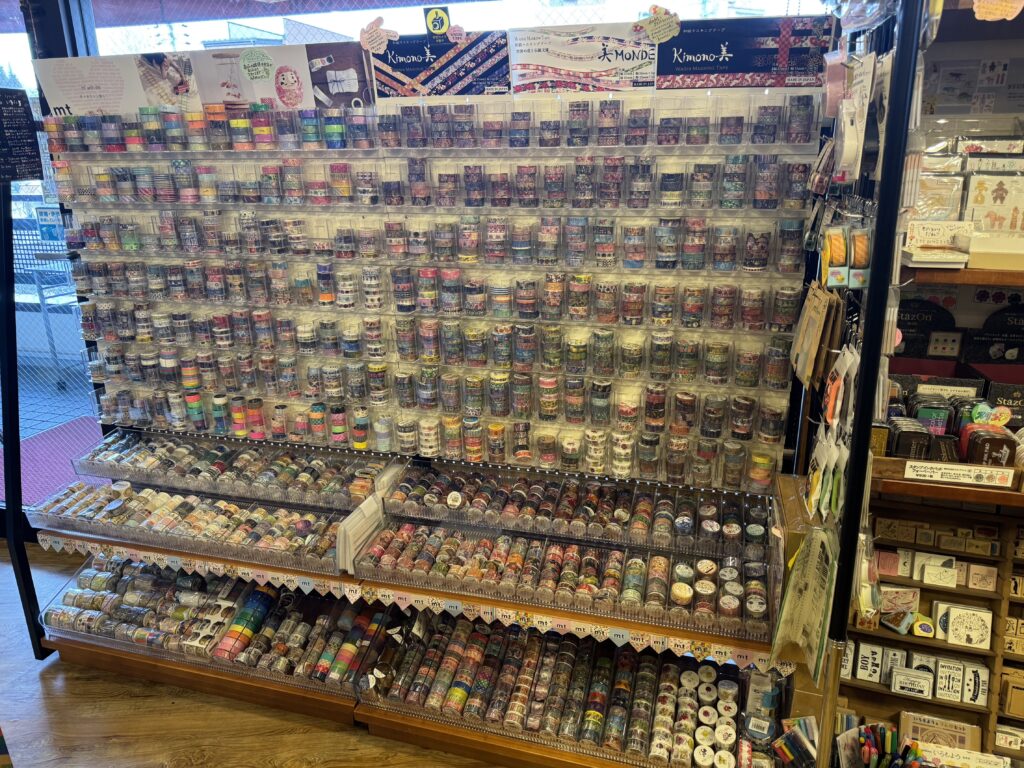
Comments are closed